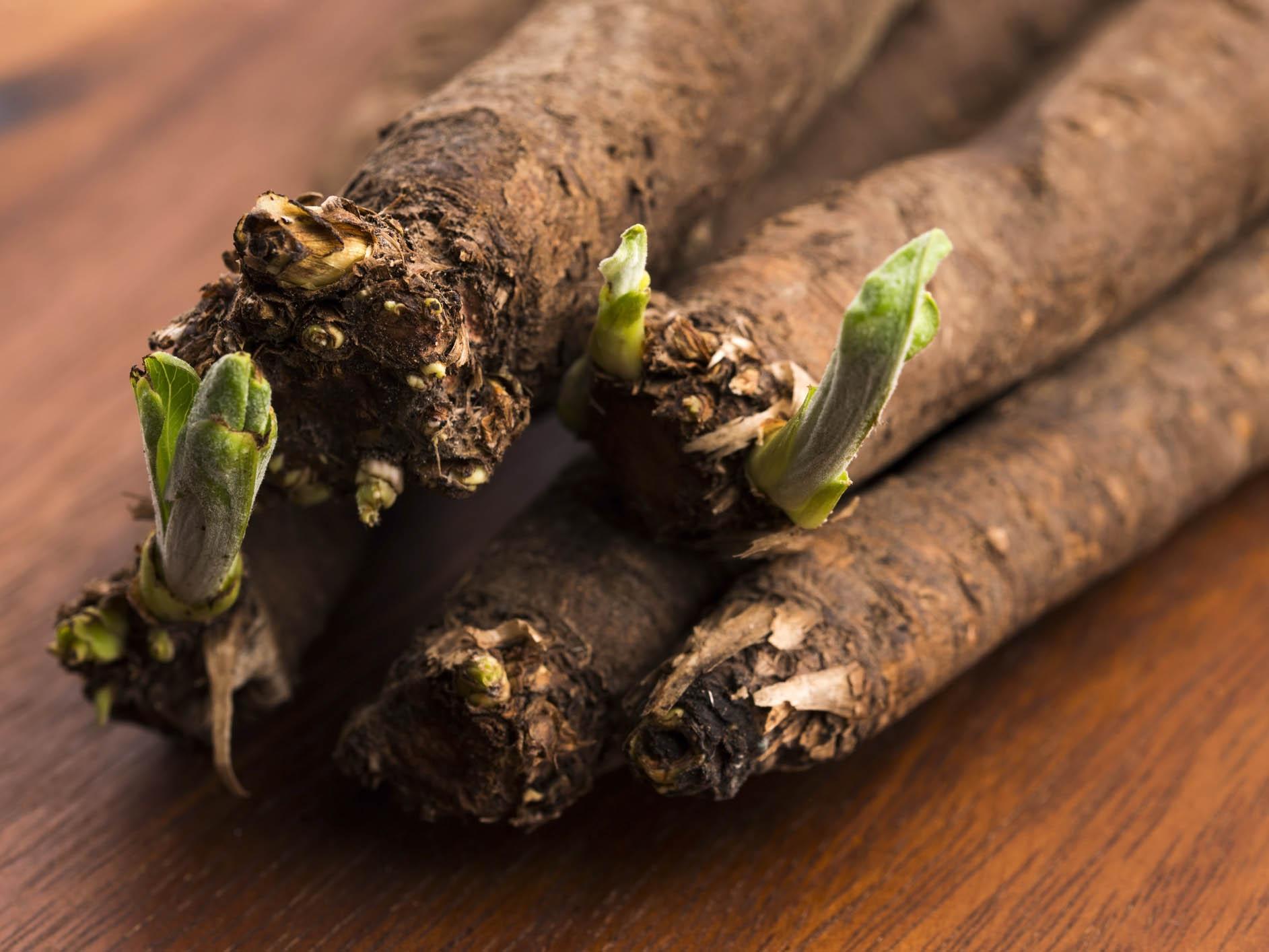Salsify: The little-known Victorian root vegetable that's making a comeback
It looks like a long, thin, white carrot and can be used in everything from gratins to soups

Your support helps us to tell the story
From reproductive rights to climate change to Big Tech, The Independent is on the ground when the story is developing. Whether it's investigating the financials of Elon Musk's pro-Trump PAC or producing our latest documentary, 'The A Word', which shines a light on the American women fighting for reproductive rights, we know how important it is to parse out the facts from the messaging.
At such a critical moment in US history, we need reporters on the ground. Your donation allows us to keep sending journalists to speak to both sides of the story.
The Independent is trusted by Americans across the entire political spectrum. And unlike many other quality news outlets, we choose not to lock Americans out of our reporting and analysis with paywalls. We believe quality journalism should be available to everyone, paid for by those who can afford it.
Your support makes all the difference.It might sound more like a process you learned about in Chemistry GCSE, but salsify is actually a vegetable.
Waitrose is making a bid for this to be the hot new root veg on the scene, as it is now selling salsify in 100 of its stores with the help of supplier Albert Bartlett and Michelin-starred chef Michel Roux Jr.
Chances are, not many of us have had the opportunity to try this unusual ingredient, but it was actually hugely popular in the Victorian era because it grows well all year round and is hugely versatile to cook with.
What exactly is it?
Salsify is a root veg and looks similar to a parsnip when peeled, but don’t be fooled into thinking it’s the same thing.
This plant actually comes from the dandelion family, and there are two varieties: black and white.
The black one tends to be favoured because it’s a bit fleshier and easier to peel. Waitrose is selling the root in both varieties, and you can also eat its delicate purple flowers.
Even though it was favoured by all kinds of people in the 1800s, nowadays you’re more likely to see it on fancy tasting menus.
Also, FYI – it’s pronounced ‘sal-si-fee’. You don’t want to embarrass yourself at the dinner table, now do you?
What does it taste like?
Salsify is nicknamed the “oyster plant” because it has an oyster-like taste. However, it doesn’t quite stop there.
Albert Bartlett describes it as like a “mild artichoke with a trace of liquorice”.
This might sound strong, but don’t be deterred. In fact, both varieties of salsify are pretty mild in flavour, making for the perfect side dish.
Fun fact: black salsify contains as much potassium as bananas. It’s also rich in protein, iron and copper, so has plenty of health benefits.
How should you cook it?
If you’re feeling traditional, you can follow the recipe from Mrs Beeton’s Book of Household Management, first published in 1861.
She writes: “Scrape and wash the salsify, cut them into small evensized pieces, throw them into boiling water, and add a little butter, lemon juice, and salt. Boil gently until tender, and then drain well.
“Heat up in a little well-seasoned good white sauce. Have the pastrycases ready, fill them with the preparation, re-heat, and serve.”
Because it has a mild taste, salsify is extremely versatile and can be used in a variety of ways.
If you’re looking to update your Sunday lunch, sub out those parsnips or cauliflower for salsify, to really surprise your guests.
Pair it with other root vegetables for a gratin (we like this recipe from Pham Fatale because it includes an apple alongside salsify and potatoes), use it for a creamy mash, or it can be the base for a warming autumnal soup. Top tip – steam instead of boil the veg, to ensure it doesn’t go mushy.
Unlike many other root vegetables, salsify can actually be eaten raw – we recommend adding it into your favourite coleslaw recipe to make the most of its crunch.
You can buy 350g packs of salsify from selected Waitrose stores for £2.99.
Join our commenting forum
Join thought-provoking conversations, follow other Independent readers and see their replies
Comments